
[Yamimi Open Class | Live Content (6)] Reasonable Cleaning (Differentiation of Cleaning Products)
[Yami Open Class|Live Content (6)]
Lesson 2: Reasonable Cleaning (Differentiation of Cleaning Products)
------------- -----
“We have done these days What???”
Before, we shared a lot of dry skin care products of [Yan An Tang] in the sun list
9From September 26th to September 29th, [Yan An Tang] was brought to the WeChat group of Yami Skin Care Open Class
1 hour a day The most scientific skin care basics
Full of dry goods
The editor of Yami will organize the content of the live broadcast and share it with those who are too late to listen to the live broadcast~
---The main topic is coming---
Let's talk about how to distinguish soap or amino acid products. span>
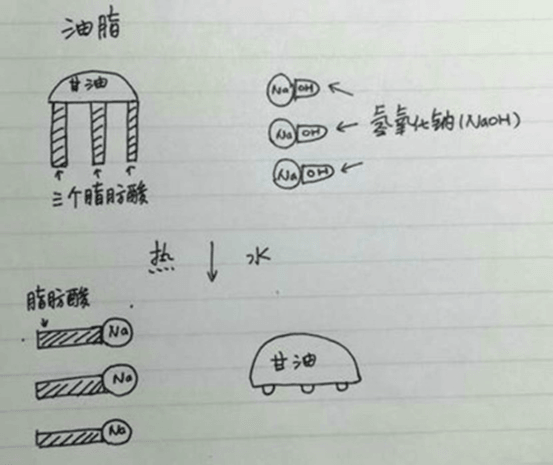
This picture is actually hand-painted by Uncle Sanmu, depicting the process of saponification. Soap-based facial cleanser should be the earliest one in history. A kind of cleaning agent. It is very simple to make, which is to directly add alkali (such as sodium hydroxide, plant ash) from natural oils (animal or vegetable oils).< /p>
We can see that oil is usually a triglyceride structure, with three fatty acids dragged on a glycerol molecule. If you encounter an alkali , the structure will be disassembled. The glycerin molecule will come out alone, and the fatty acid will become sodium fatty acid with sodium ion acid-base neutralization. The sodium ion end becomes the clear water end, and the fatty acid end is still the lipophilic end. , which is the structure of a surfactant.
Fatty acid is a representative of a large class. According to the number of carbon ions, there are lauric acid, myristic acid, palmitic acid, etc. Lauric acid Sodium oleate, such as sodium and sodium myristate, is the soap base.
We can look at a few examples.
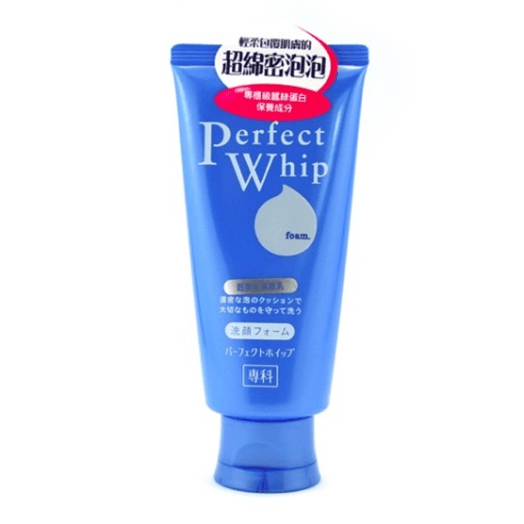

The facial cleanser shown above is a very famous facial cleanser. span>
You can see that its formula ingredient list contains stearic acid, myristic acid, lauric acid and potassium hydroxide. At times, these ingredients will react to potassium stearate, potassium myristate, potassium laurate, etc. Therefore, this facial cleanser is an obvious soap-based product.
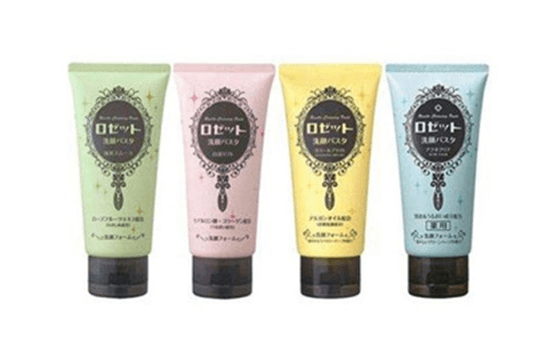
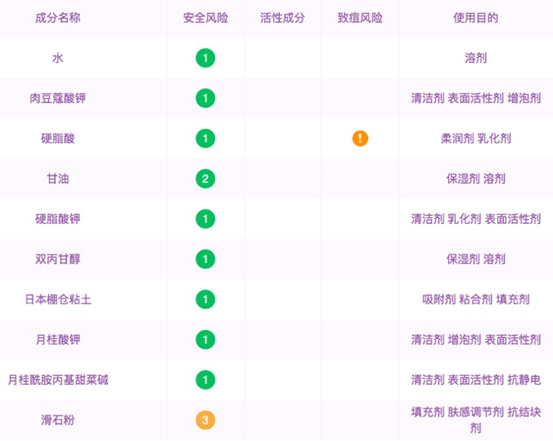
This Rukitine facial cleanser has potassium myristate, potassium stearate and potassium laurate in the ingredient list. It directly It is also a soap-based product using the raw materials that react well. By the way, some oil-control cleansing masks and facial cleansers use a lot of clay and the like. These soils will build small houses on the skin. structure so that it has a lot of space to hold a lot of grease and clean it better.
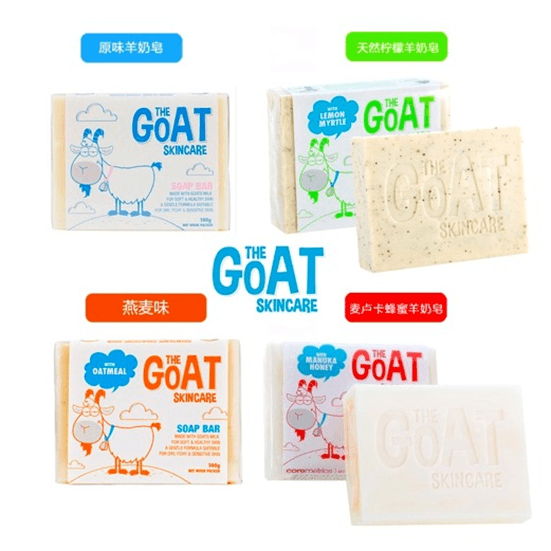
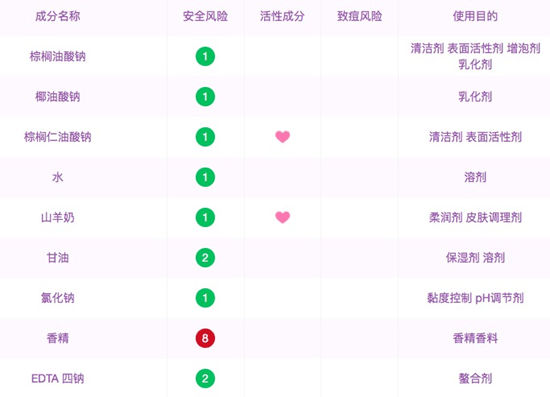
The picture above is an Australian goat milk soap, which contains sodium palmate, sodium cocoate and sodium palm kernelate. As we mentioned last time, palm oil and coconut oil are also triglycerides. The fatty acids they carry are also composed of lauric acid and myristic acid. Therefore, goat milk soap is also a soap-based product.

Lauric acid and myristic acid are the soap bases with the best foaming and cleaning ability. Usually people make soap base products. Either directly add lauric acid and myristic acid, or add coconut oil and palm oil (high content of lauric acid and myristic acid), such products will foam better.< /span>
Many handmade soaps use other oils, such as olive oil, which sounds betterfancy. These soaps may be milder than normal soaps due to the relatively high content of lauric and myristic acids. Low. But these products are still soap-based products.
As for the addition of goat milk to goat milk soap (mainly protein in milk), everyone who has studied high school chemistry knows that protein is in soap The base will be denatured under alkaline conditions. So adding milk is just a gimmick and has no special effect.
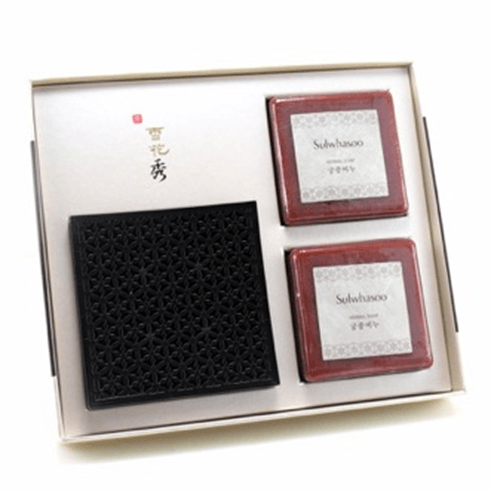
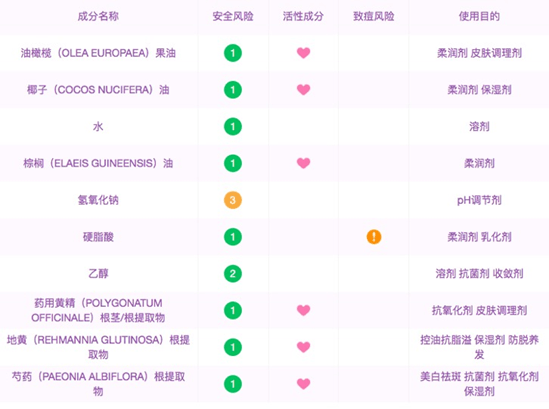
Sulwhasoo's palace honey soap is also a soap-based product. As mentioned earlier, coconut oil has high lauric acid content, which can irritate skin pores. Don't worry here, because the lauric acid in the ingredients has been reacted to sodium laurate, which has become a surface activity.

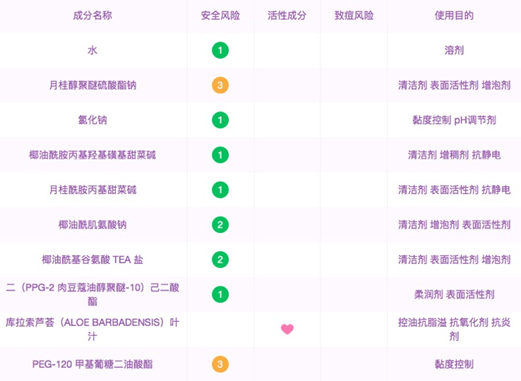
As for milder facial cleansers, such as amino acid ones. This one in the picture is Clinique Facial Cleansing Liquid Soap, which is known as mild and clean. It The mildness is good, but not that mild.
Ingredient amounts are generally ordered from highest to lowest in the ingredient list. The second in this product is laureth Sodium sulfate is a fairly decent surface activity. Although it is not as irritating as soap base, it is not as mild as amino acids and glycosides.
Although this product also contains amino acid-based active ingredients (xxAcylxxSodium amide), but the ranking is relatively low and the content is low. We mainly focus on what is the most important surface activity in the product.

This pictureMAGIE LAB< span style="font-size: 12px;">It is a mild amino acid facial cleanser. You can see that the second and fourth places are all amino acids. p>
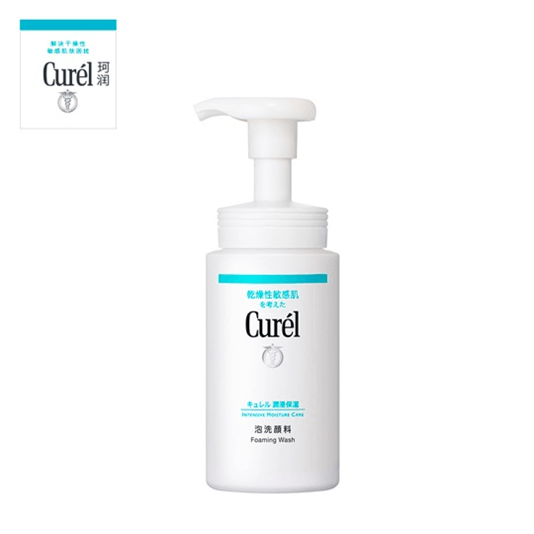
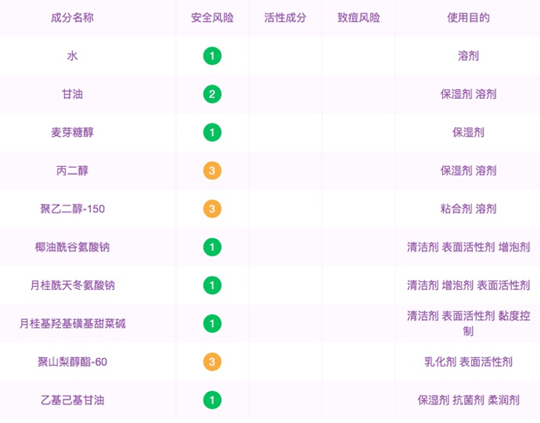
This is also a milder facial cleanser. The top ingredients are glycerin, maltitol, propylene glycol, polyethylene glycol, and 150, they are all humectants (that is, small molecules that can hold water). In addition, the surface activities in the product are all amino acids. and betaines.

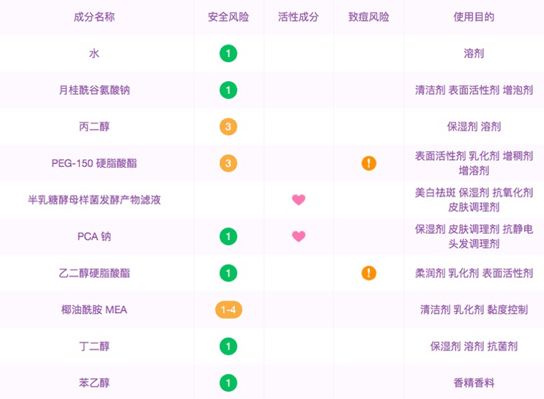
ThisSK-II's facial cleanser, the second in the ingredient list is sodium glutamate laurate, which shows that it is also an amino acid facial cleanser. p>
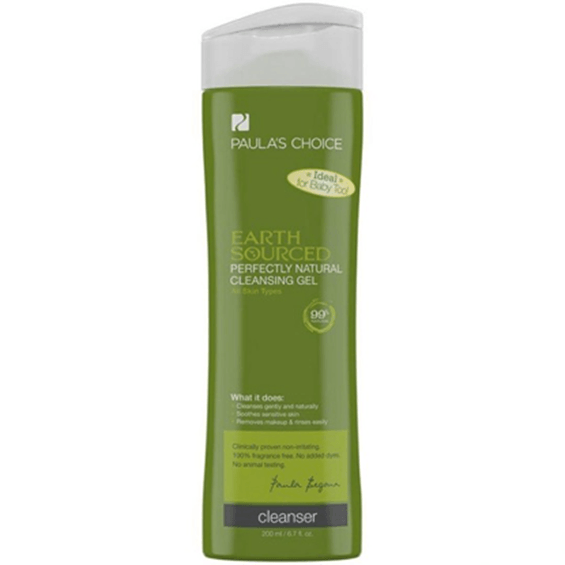
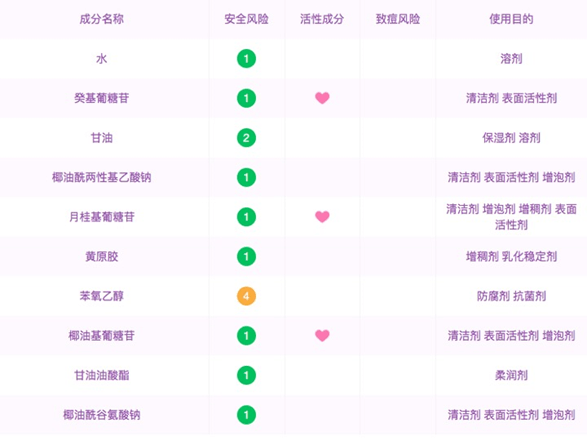
Paula's Source of the Earth (nicknamed Green Snot) is a very mild face wash. It uses glycosides Epiactive (decyl glucoside).
These examples are also to help you identify and find the cleansing products that suit you. When you have some corresponding knowledge, you can Avoid many detours.
Surfactants always affect the skin's barrier function, so proper cleaning is important. Reasonable cleaning here includes choosing the right one Cleansing products. At the same time, be careful not to repeatedly cleanse, do not pursue a slippery and astringent feeling. In addition, do not often rub or exfoliate with physical things. If you have not done a good job in moisturizing for a period of time, the stratum corneum becomes thick. Accumulation, so that you can do an exfoliation. However, exfoliating every day may cause the skin to eventually become sensitive skin, so it is not recommended. The same is true for brushing acid.< /span>
So, clean in moderation.
There is also about makeup remover and sunscreen. Friends who use makeup need to use makeup remover products. If it is sunscreen, there is no need to use it. (Try to avoid secondary cleaning).
(To be continued...)
-------------- ----
[I heard that it only takes 0.01s to like]
Like live content with a flick of a finger.
On October 20th, Yan An Tang will pick one friend from all the likes
"Yan An Tang's Exclusive Skin Care Report"
 Show Original
Show Original
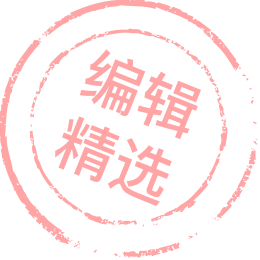
【亚米公开课|直播内容(六)】 合理清洁(清洁产品的区分)
【亚米公开课|直播内容(六)】
第二课之 合理清洁(清洁产品的区分)
------------------
「这几天我们做了什么???」
之前我们在晒单中分享了【言安堂】大量的护肤干货
9月26日-9月29日【言安堂】在 亚米护肤公开课 微信群中带来
每日1小时 最科学的护肤基础知识
干货满满
亚米小编将陆续整理直播的内容分享给来不及听直播的各位~
---正题来了---
下面来具体讲讲怎么区分皂基或者氨基酸类的产品。

这个图其实是三亩大叔手绘的,画的皂化的过程。皂基洗面奶在历史上应该是最早的一种清洁剂。它的制作很简单,就是用天然的油脂(动物油脂或植物油脂)直接加入碱(比如氢氧化钠、草木灰)。
我们可以看到油脂通常是甘油三酯的结构,有一个甘油分子上面拖了三个脂肪酸。如果碰到碱,结构就会被拆开。甘油分子会单独出来,而脂肪酸配上钠离子酸碱中和就变成了脂肪酸钠。钠离子那头变成了清水头,脂肪酸那头还是亲油头。这样,就是一个表面活性剂的结构。
脂肪酸是一大类的代表,根据碳离子数目的不同有月桂酸、肉豆蔻酸、棕榈酸等。月桂酸钠、肉豆蔻酸钠一类的油酸钠,就是皂基。
我们可以举几个例子来看一看。


上图的洗颜专科洗面奶是非常有名的洁面产品。
可以看到它的配方成分表里有硬脂酸、肉豆蔻酸、月桂酸以及氢氧化钾。在生产的时候,这些成分会反应出硬脂酸钾、肉豆蔻酸钾、月桂酸钾等。所以,这款洗面奶是很明显的皂基产品。


这款露姬婷洗面奶,成分表里有肉豆蔻酸钾、硬脂酸钾和月桂酸钾。它直接用了反应好的原料,也同样是一个皂基类产品。顺便提一点,一些控油的清洁面膜和洗面奶里都会用到大量粘土之类的东西。这些土会在皮肤上搭起小房子一样的结构,以至于它有很大的空间容纳大量的油脂,做到更好的清洁。


上图是澳洲的羊奶皂,里面含有棕榈油酸钠、椰油酸钠和棕榈仁油酸钠等。上次我们讲过,棕榈油、椰子油也是甘油三酯的结构。它们带的脂肪酸也有月桂酸、肉豆蔻酸等组成。所以,羊奶皂也是皂基产品。

月桂酸和肉豆蔻酸是发泡最好、清洁能力最强的皂基。通常大家做皂基的产品,要么直接加月桂酸和肉豆蔻酸,要么就是加椰子油和棕榈油(月桂酸、肉豆蔻酸含量高),这样的产品发泡会比较好。
很多手工皂会用其它的油脂,比如橄榄油,听起来会更加fancy。这类皂用起来可能比平时的皂要温和,因为其中的月桂酸和肉豆蔻酸含量相对较低。但这类产品依然是皂基产品。
再说到羊奶皂加入羊奶这点(奶中主要是蛋白质),大家学过高中化学都知道蛋白质在皂基的碱性条件下会变性。所以加入奶完全只是个噱头,并没有特殊的作用。


雪花秀的宫中蜜皂也是皂基产品。前面说到椰子油的月桂酸含量高,会刺激皮肤毛孔。在这里大家不用担心,因为成分中的月桂酸已经反应成了月桂酸钠,变成一种表活。


再说到比较温和的洗面奶,比如氨基酸类的。图中这款是号称温和清洁的倩碧洁面液体皂。它的温和性不错,但也没有那么温和。
成分用量在成分表中的排序一般是从高到低。这款产品中排第二的是月桂醇聚醚硫酸酯钠,是比较中规中矩的一个表活。它虽然没有皂基那么刺激,但也没有氨基酸和糖苷类那样足够温和。
虽然这款产品中也有氨基酸类表活的成分(xx酰xx氨酸钠),但排序比较靠后,含量较低。我们主要还是关注产品中含量高、最主要的表活是什么。

图中这款MAGIE LAB就是一款温和的氨基酸洗面奶。可以看到排在第二和第四位的都是氨基酸的表活。


珂润这款也是比较温和的洗面奶。排在前面的成分有甘油、麦芽糖醇、丙二醇、聚乙二醇以及150,它们都是保湿剂(也就是可以把水拉住的小分子)。此外,产品里的表活都是氨基酸类和甜菜碱类。


这款SK-II的洗面奶,成分表中排位第二的是月桂酸谷氨酸钠,可见也是一款氨基酸类洗面奶。


宝拉这款大地之源(外号绿鼻涕)是一款很温和的洗面奶。它用的是糖苷类表活(癸基葡萄糖苷)。
举这些例子也是帮助大家分辨,然后能够找到适合自己的洁面产品。当你具备了相应的一些知识,就可以少走很多弯路。
表面活性剂始终会影响皮肤的屏障功能,所以合理清洁是很重要的。这里的合理清洁就包括选择适合的洁面产品。同时要注意不要反复多次清洁,不要追求滑感和涩感。此外,不要经常用物理的东西摩擦或去角质。如果你是由于一段时间保湿没做好,导致了角质层变厚堆积,这样可以做一次去角质。但天天去角质就可能会导致皮肤最后变成敏感皮,所以是不推荐的。包括刷酸也是一样的道理。
所以,清洁要适度。
还有关于卸妆和洗防晒,使用彩妆的朋友需要用卸妆产品是可以的。如果是防晒,那没有必要使用(尽量避免造成二次清洁)。
(未完待续...)
------------------
【听说,点赞只需0.01s】
动一动手指,为直播内容点赞。
10月20日,言安堂将从所有点赞的朋友中抽出一名获得
「言安堂的专属护肤报告」



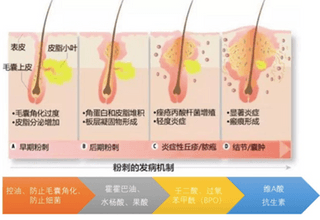
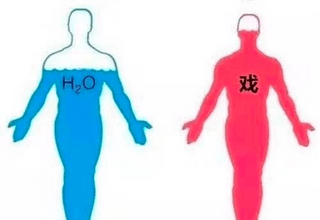

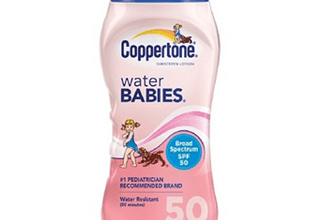

annieCheng
October 19, 2017
I would like to ask: Face wash brushes are very popular now, but Yan Antang said here that it is best not to rub the skin with physical things. So, should regular manufacturers' face brushes, such as Claire, be used every day?
请问:现在很流行洗脸刷,但是言安堂这里讲了最好不要啊经常用物理性的东西摩擦皮肤。所以正规厂家的洗脸刷,比如科莱丽,到底应不应该每天使用呢?
鸟爷
October 17, 2017
Teacher, what brand is the second pink facial cleanser of Amino Acids?
老师,氨基酸第二款粉红色的洗面奶叫什么牌子